5G networks are popping up all over the map, with the likes of China, Europe, the US, and other regions offering the next-generation cellular standard. If faster cellular speeds are what you’re after, getting a 5G phone is something to consider.
Fortunately, we’ve done the legwork to bring you a list of the best 5G phones. The good news? We had to sift through loads of devices, showing us just how far 5G has come in a short period of time.
It’s also worth noting that 5G devices aren’t just for 5G networks, as they’ll work just fine on today’s LTE 4G networks too. This is ideal if your local carrier has announced plans for 5G but the actual launch is still months away.
What is 5G, anyway?

Before we show you the best 5G phones you can currently get, let’s talk about what is 5G technology. 5G is the next step in cellular connectivity, in the same way that 4G followed 3G. This mobile connectivity standard delivers faster downloads than 4G LTE, although top speeds vary with the specific 5G technology used — more on this later.
5G also enables lower latency, which should be ideal for activities like VoIP calls, video conferencing, and online gaming. Essentially any real-time activity where lag can be a big problem.
Finally, 5G networks also bring reduced congestion compared to 4G. This means you shouldn’t have as much trouble holding a connection at concert venues, stadiums, and other places with a ton of people.
A lot of carriers in Africa, China, Europe, Korea, the Middle East, and the US offer 5G right now. India is one of the biggest markets without 5G right now, but hopefully the standard launches soon there as well.
Is 5G safe?

We’ve seen several alleged 5G dangers in recent years, with one persistent claim being that 5G causes cancer. These claims have been doing the rounds with 2G, 3G, and 4G as well. Nevertheless, the evidence right now generally points to this not being the case.
Another popular conspiracy theory is that 5G is somehow responsible for the COVID-19 pandemic. Simply put, cellular radio waves don’t create viruses or weaken the immune system. So, please don’t burn down towers.
The 5G/coronavirus conspiracy theory also doesn’t hold water when the likes of India and Iran — two nations with loads of COVID-19 cases — don’t have 5G networks right now.
All signs point to 5G being safe, or just as safe as 4G and other technologies. The internet is full of nonsense myths when it comes to 5G tech.
mmWave versus sub-6Ghz: What’s the difference?
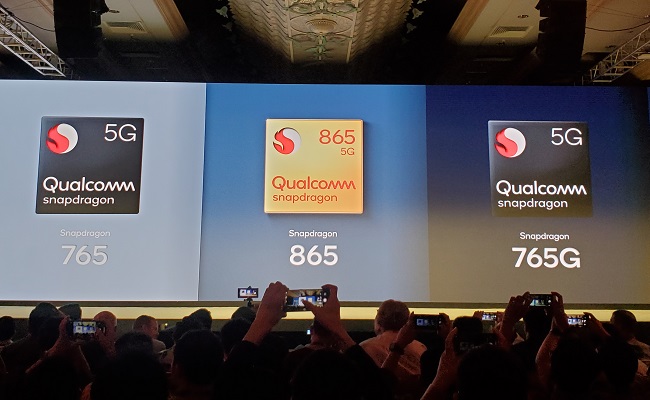
5G is divided into two standards, much like HSPA+ and LTE are two 4G standards. These two 5G standards are mmWave and sub-6GHz.
mmWave 5G is the faster of the two standards right now, with an OpenSignal survey noting that Verizon’s mmWave 5G network offers average download speeds of over 500Mbps. But this standard is more unreliable than sub-6Ghz and legacy 4G, making it suitable for much smaller pockets of coverage.
Meanwhile, sub-6Ghz 5G isn’t much faster than gigabit LTE. In fact, the aforementioned survey showed speeds varying from 238Mbps by Korea’s LG U+ all the way down to 47Mbps for T-Mobile in the US. Nevertheless, sub-6Ghz 5G offers blanket coverage much like legacy 4G tech, and you’re still benefiting from reduced network congestion and lower latency.
Best 5G phones:
- Samsung Galaxy S20 series
- OnePlus Nord
- Samsung Galaxy Note 10 5G / Plus 5G
- LG V60 ThinQ
- OnePlus 8 series
- Sony Xperia 1 II
- Oppo Find X2 Pro
- Xiaomi Mi 10 series
- Realme X50 Pro 5G
- Samsung Galaxy A71 5G
Editor’s note: We’ll be updating this list of the best 5G phones regularly as new devices launch or are announced.
Samsung Galaxy S20 series
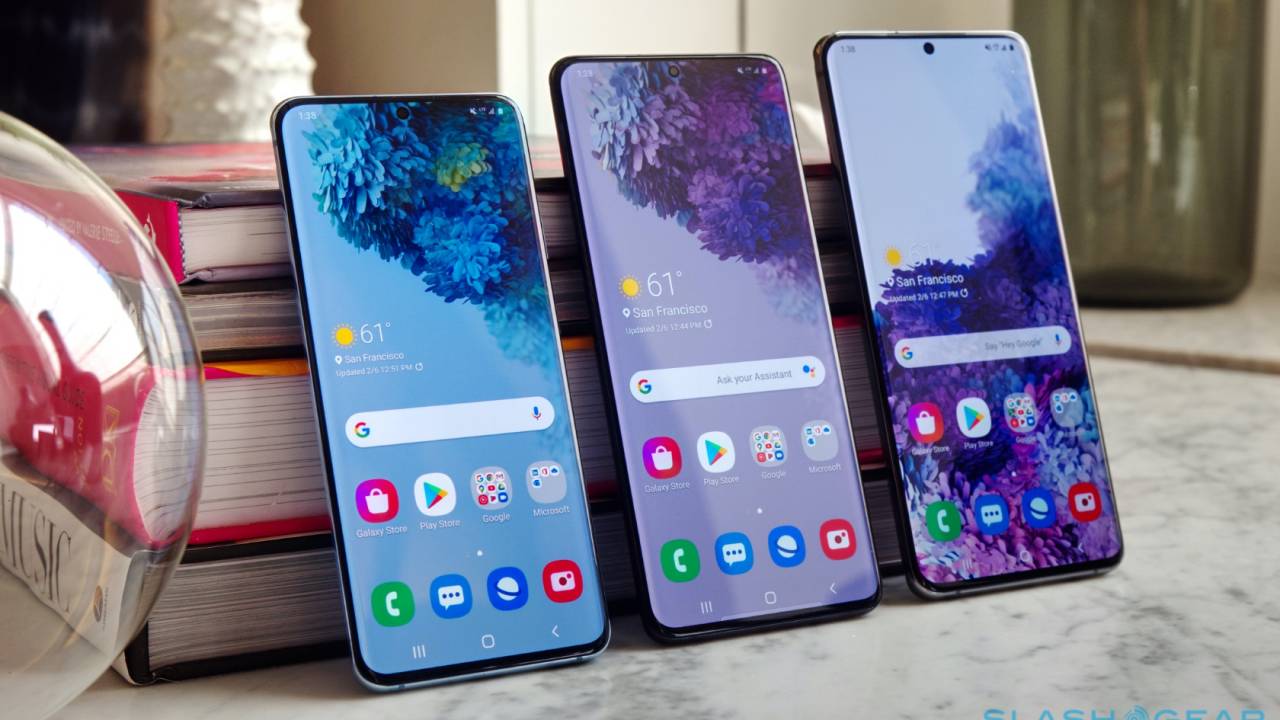
The Samsung Galaxy S10 5G was the brand’s first major 5G flagship, but the S20 series marks the first time that the entire lineup is 5G-enabled (Well, save for 4G variants in a few regions where 5G isn’t available yet).
Nevertheless, you can expect a Snapdragon 865 or Exynos 990 processor, at least 12GB of RAM, 128GB to 512GB of storage, and beautiful Quad HD+ OLED screens with a 120Hz refresh rate. The phones have also received a battery upgrade, ranging from 4,000mAh for the base S20 to 5,000mAh for the Galaxy S20 Ultra.
Samsung’s new phones pack great cameras, featuring 8K video recording, the ability to extract 33MP still photos from 8K videos, and ultra-high-resolution cameras. In fact, the S20 Ultra packs a 108MP main camera as well as a 4x periscope camera.
In terms of the all-important 5G capabilities, the smaller, lower-cost Galaxy S20 is the only model that lacks mmWave 5G support. In saying so, Verizon is launching a mmWave-enabled S20, but it lacks microSD support and has less RAM than the standard S20. The larger, pricier S20 Plus and S20 Ultra support both mmWave and sub-6GHz flavors of 5G.
Samsung Galaxy S20 specs:
- Display: 6.2-inch, Quad HD+
- Chipset: SD 865 / Exynos 990
- RAM: 12GB
- Storage: 128GB
- Cameras: 12, 64, and 12MP
- Front camera: 10MP
- Battery: 4,000mAh
- Software: Android 10
Samsung Galaxy S20 Plus specs:
- Display: 6.7-inch, Quad HD+
- Chipset: SD 865 / Exynos 990
- RAM: 12GB
- Storage: 128/256/512GB
- Cameras: 12, 64, and 12MP + 3D ToF
- Front camera: 10MP
- Battery: 4,500mAh
- Software: Android 10
Samsung Galaxy S20 Ultra specs:
- Display: 6.9-inch, Quad HD+
- Chipset: SD 865 / Exynos 990
- RAM: 12/16GB
- Storage: 128/256/512GB
- Cameras: 108, 12, and 48MP+ 3D ToF
- Front camera: 40MP
- Battery: 5,000mAh
- Software: Android 10
OnePlus Nord
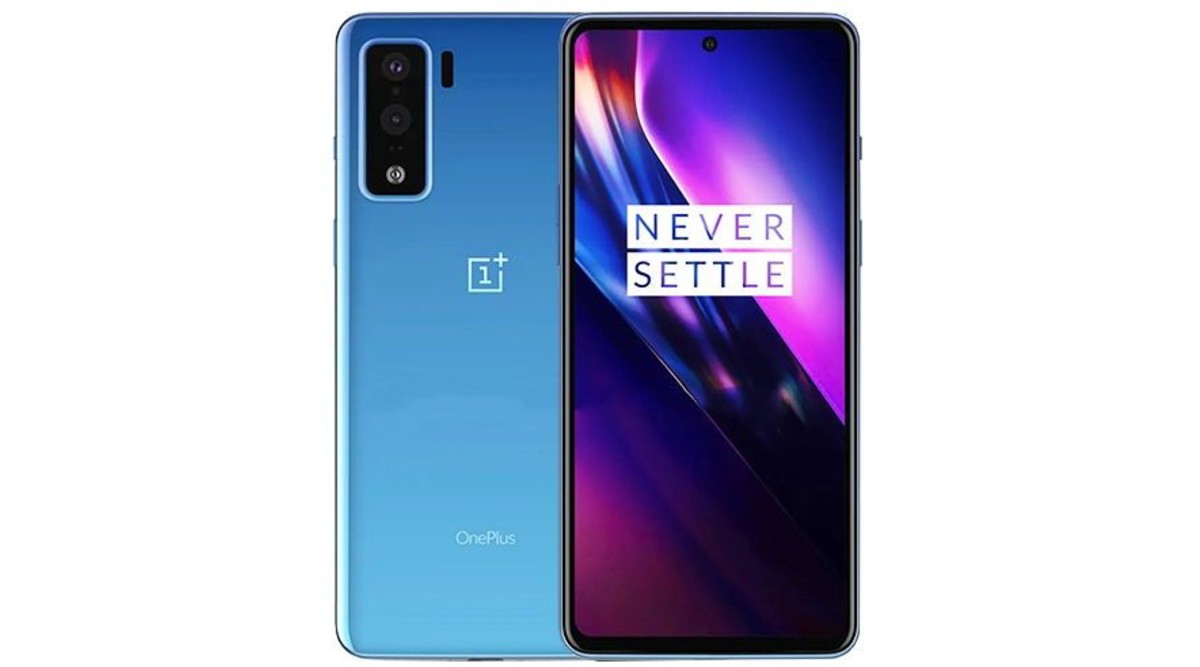
The OnePlus Nord gained a ton of hype thanks to the brand’s excessive marketing campaign, but the phone is actually pretty great in our book. Some of the standout features include a 90Hz OLED screen, a 4,115mAh battery with 30W fast charging, and two selfie cameras (32MP+8MP ultra-wide).
The phone isn’t perfect though, as we thought its camera experience was clearly a case of quantity over quality. We’ve previously documented the issues with selfie quality, and our own Ryan-Thomas Shaw also felt the extra rear cameras were disappointing. So you might want to hold off on this if you’re a frequent photographer (or wait for a Google Camera port).
OnePlus also delivered a Snapdragon 765G processor with 5G connectivity, although there isn’t mmWave support here. Nevertheless, a 5G phone for under €500 is a pretty decent deal.
OnePlus Nord specs:
- Display: 6.44-inch, Full HD+
- Chipset: Snapdragon 765G
- RAM: 6/8/12GB
- Storage: 64/128/256GB
- Cameras: 48, 8, 2, and 5MP
- Front camera: 32 and 8MP
- Battery: 4,115mAh
- Software: Android 10
Samsung Galaxy Note 10 Plus 5G
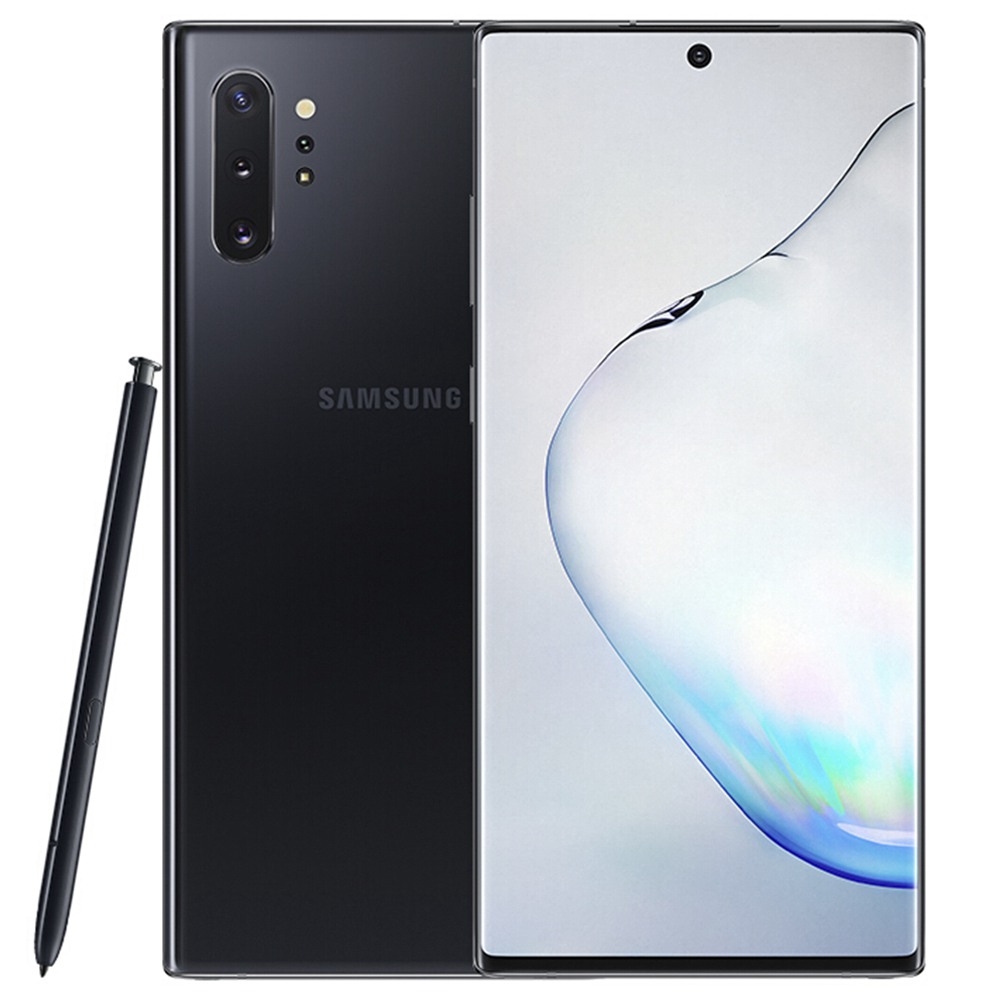
Need some S-Pen action and 5G in your life? Then the Galaxy Note 10 Plus 5G is a no-brainer, offering sub-6GHz and mmWave 5G support. And with the S20 series release, this phone might be ideal for those wanting a cheaper Samsung flagship with 5G.
The phone packs plenty of other impressive specs, too, featuring an Exynos 9825 or Snapdragon 855 chipset, 12GB of RAM, up to 512GB of storage, and a 4,300mAh battery with 45W charging. Toss in a quad rear camera setup, 10MP selfie camera, IP68 water resistance, and wireless charging, and you’ve got a full-featured phone. Unfortunately, you aren’t getting a 3.5mm port here.
The other downside is that the Galaxy Note 10 Plus 5G only supports NSA (non-standalone) 5G. That is, it won’t support standalone 5G infrastructure that is slated to be the future standard. But this is acceptable right now when carriers are integrating 5G into their existing 4G infrastructure.
Samsung Galaxy Note 10 Plus 5G specs:
- Display: 6.8-inch, QHD+
- Chipset: SD 855 / Exynos 9825
- RAM: 12GB
- Storage: 256/512GB
- Cameras: 12, 12, and 16MP + 3D ToF
- Front camera: 10MP
- Battery: 4,300mAh
- Software: Android 9 Pie
LG V60 ThinQ
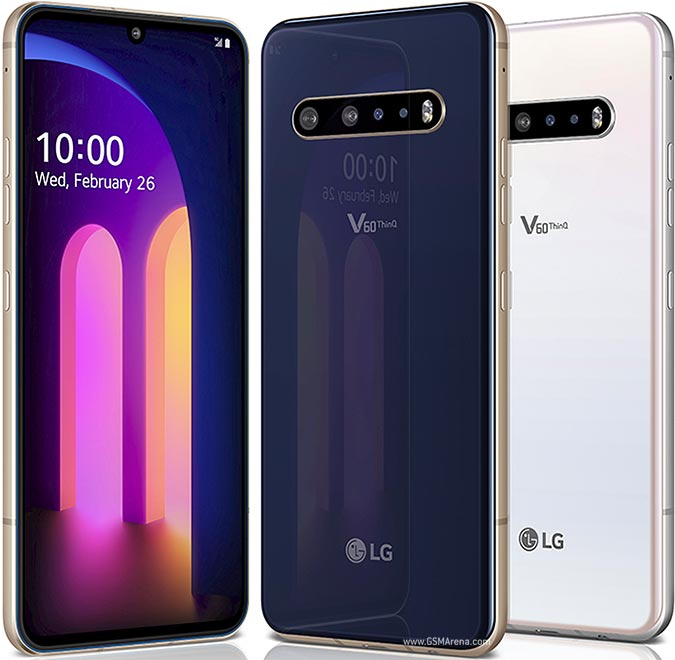
LG was an early 5G adopter in 2019 with the V50 ThinQ, and it’s now delivered a sequel in the V60 ThinQ — and there are quite a few upgrades and tweaks here.
The obvious improvements include a Snapdragon 865 processor, a 5,000mAh battery (compared to the V50’s 4,000mAh cell), and an in-display fingerprint sensor. You’re also getting a higher-resolution main camera (64MP) and 8K recording here.
We also see a few more welcome LG staples, such as a 3.5mm port, quad DAC audio, microSD, wireless charging, and an IP68 rating.
There are a couple of omissions here: a telephoto camera (LG is using the 64MP camera for zoom), and mmWave across the board. In the case of the latter, mmWave is restricted to the Verizon model in the US. The display is also bigger this year, but actually offers a lower resolution (Full HD+ versus Quad HD+).
LG V60 ThinQ 5G specs:
- Display: 6.8-inch, Full HD+
- Chipset: Snapdragon 865
- RAM: 8GB
- Storage: 128GB
- Cameras: 64 and 13MP + 3D ToF
- Front camera: 10MP
- Battery: 5,000mAh
- Software: Android 10
OnePlus 8 series
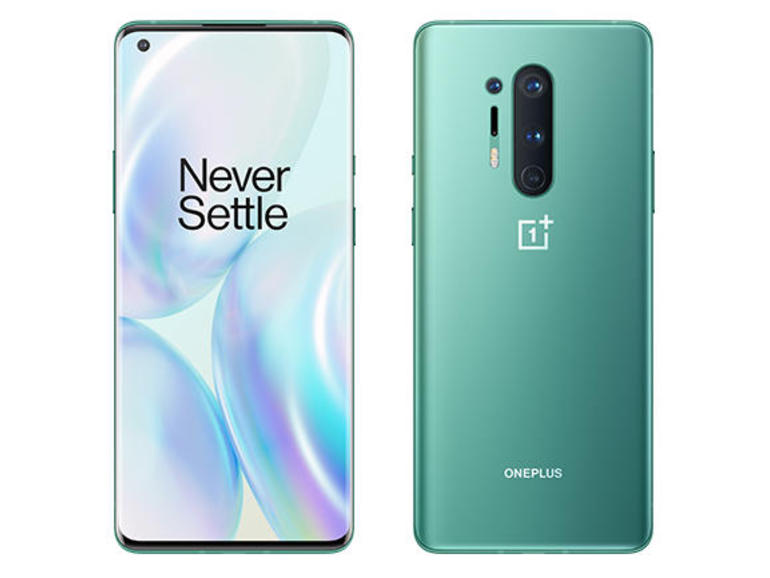
OnePlus joined Samsung this year in making sure that its 2020 flagships supported 5G across the board. However, it’s worth noting that only the Verizon-branded OnePlus 8 supports mmWave right now. The unlocked and T-Mobile OnePlus 8 series devices only sport sub-6Ghz 5G.
Otherwise, you’re getting a fair amount of features here, such as a Snapdragon 865 processor, 30W wired charging, high refresh rate OLED screens, and bigger batteries. However, the OnePlus 8 Pro clearly offers more features, including wireless charging, a 120Hz screen (vs 90Hz on the standard model), and IP68 water resistance. Actually, in the case of the latter, vanilla OnePlus 8 phones sold via carriers have water resistance too.
OnePlus 8 specs:
- Display: 6.55-inch, Full HD+
- Chipset: Snapdragon 865
- RAM: 8/12GB
- Storage: 128/256GB
- Cameras: 48, 16, and 2MP
- Front camera: 16MP
- Battery: 4,300mAh
- Software: Android 10
OnePlus 8 Pro specs:
- Display: 6.78-inch, QHD+
- Chipset: Snapdragon 865
- RAM: 8/12GB
- Storage: 128/256GB
- Cameras: 48, 48, and 8MP + color filter camera
- Front camera: 16MP
- Battery: 4,510mAh
- Software: Android 10
Sony Xperia 1 II

Sony’s smartphones haven’t enjoyed the best critical or commercial reception in recent years, but the Xperia 1 II is looking very promising for the firm. The new flagship doesn’t have mmWave support, but it’s packing the more common sub-6Ghz 5G standard nonetheless.
The Xperia 1 II also stands out by virtue of it possessing a headphone port, marking an about-turn for the company. Other noteworthy specs include a 4K OLED screen, water resistance, wireless charging, and a flexible rear camera setup (12MP, 12MP telephoto, 12MP ultra-wide, and 3D ToF).
Sony Xperia 1 II specs:
- Display: 6.5-inch, 4K
- Chipset: Snapdragon 865
- RAM: 8GB
- Storage: 256GB
- Cameras: 12, 12, and 12MP + 3D ToF
- Front camera: 8MP
- Battery: 4,000mAh
- Software: Android 10
Oppo Find X2 Pro
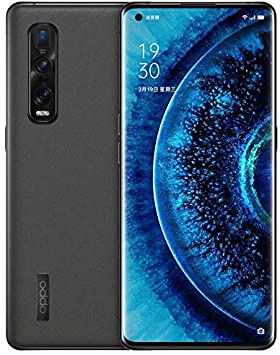
The Oppo Find X2 Pro might just be a match for the Galaxy S20 series, packing the same Snapdragon 865 silicon, and a gorgeous Quad HD+ OLED panel with a 120Hz refresh rate. And unlike Samsung’s phones (for now), you can run the 120Hz refresh rate at the maximum resolution, giving you the best of both worlds.
Oppo’s latest flagship is no slouch in the camera field either, serving up a 48MP main camera, 48MP ultra-wide snapper, and a 13MP 5x periscope camera. But one of the best features has to be the 4,260mAh battery with 65W charging, with the phone reaching 92% capacity in just 30 minutes.
The Find X2 Pro also packs IP68 water/dust resistance, a ceramic or faux leather design, and 12GB of RAM. However, the lack of wireless charging, mmWave support, and 8K recording is a bummer considering the high price tag of the device.
Oppo Find X2 Pro specs:
- Display: 6.7-inch, QHD+
- Chipset: Snapdragon 865
- RAM: 12GB
- Storage: 256/512GB
- Cameras: 48, 48, and 13MP
- Front camera: 32MP
- Battery: 4,260mAh
- Software: Android 10
Xiaomi Mi 10 series
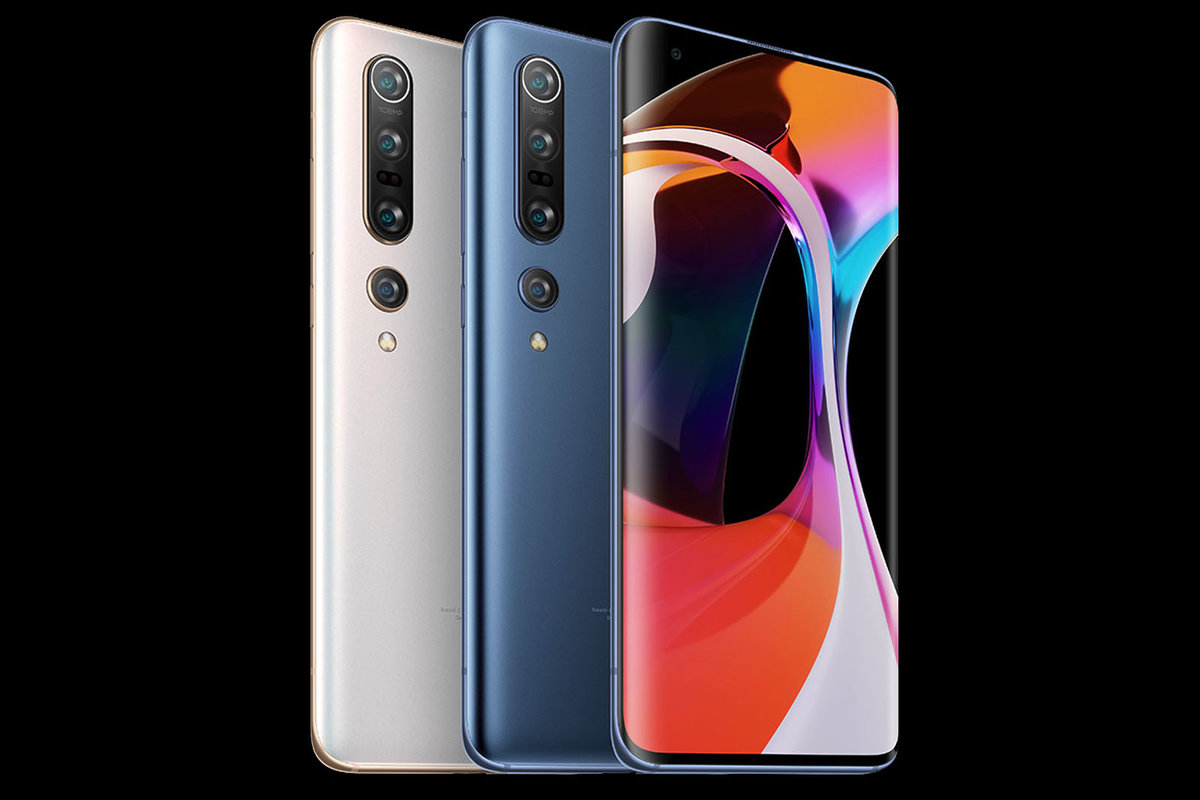
The Xiaomi Mi 10 series is the firm’s 2020 flagship line, and like many 2020 flagships, it’s packing 5G support thanks to the Snapdragon 865 processor. Don’t expect mmWave support, though.
The Mi 10 and Mi 10 Pro both sport 90Hz OLED screens, 108MP main cameras with 8K recording, 20MP selfie cameras, and 8GB to 12GB of RAM. They’re clearly ticking off some expected boxes.
The Pro model is the more feature-packed option, delivering two zoom cameras (the standard model has none), a higher-resolution, ultra-wide camera, and 50W wired charging (vs 30W wired).
Unfortunately, Xiaomi’s flagship phones aren’t the bargain they used to be, as they now start at €799. Meanwhile, the Mi 10 Pro starts at €999. Like the idea of a 5G Xiaomi flagship but want to spend less cash? Then check out the Poco F2 Pro.
Xiaomi Mi 10 5G specs:
- Display: 6.67-inch, Full HD+
- Chipset: Snapdragon 865
- RAM: 8/12GB
- Storage: 128/256GB
- Cameras: 108, 13, 2, and 2MP
- Front camera: 20MP
- Battery: 4,780mAh
- Software: Android 10
Xiaomi Mi 10 Pro 5G specs:
- Display: 6.67-inch, Full HD+
- Chipset: Snapdragon 865
- RAM: 8/12GB
- Storage: 256/512GB
- Cameras: 108, 20, 12, and 8MP
- Front camera: 20MP
- Battery: 4,500mAh
- Software: Android 10
Realme X50 Pro 5G
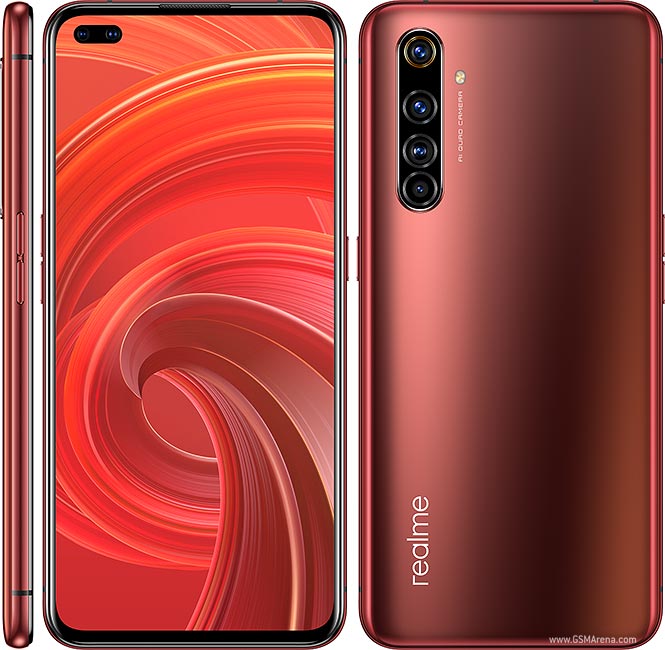
Realme is renowned for delivering competitively priced smartphones, and its first 5G flagship is no different. The Realme X50 Pro 5G starts at Rs. 37,999 (~$505) in India, while Europeans will be paying a €599 (~$660) starting price. Either way, it’s cheaper than 5G flagships from LG and Samsung.
You’re getting a Snapdragon 865 processor, 6GB to 12GB of RAM, 128GB to 256GB of expandable storage, and a 4,200mAh battery with ultra-fast 65W charging. Other highlights include a 64MP quad-camera setup, a dual selfie camera (including an ultra-wide sensor), and a 90Hz refresh rate for the OLED panel.
You definitely lose out on some features compared to more expensive 5G flagships. For example, don’t expect water resistance, wireless charging, 8K recording, or even 4K at 60fps. Still, this is one of the best 5G phones in terms of value alone.
Realme X50 Pro 5G specs:
- Display: 6.44-inch, Full HD+
- Chipset: Snapdragon 865
- RAM: 6/8/12GB
- Storage: 128/256GB
- Cameras: 64, 12, 8, and 2MP
- Front cameras: 32 and 8MP
- Battery: 4,200mAh
- Software: Android 10
Samsung Galaxy A71 5G
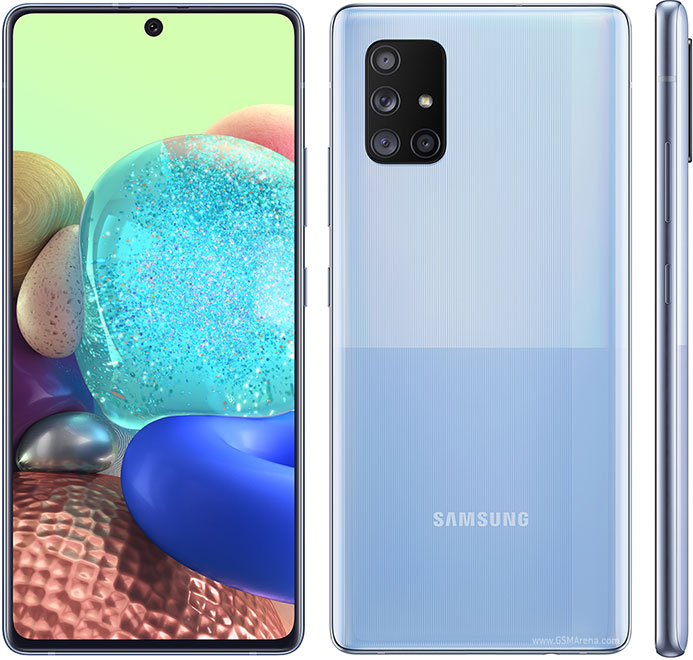
Looking for something a little more affordable? Then you can’t really go wrong with the $600 Samsung Galaxy A71 5G. Splash out the cash and you’ll get a Snapdragon 765G processor, 6GB of RAM, and 128GB of expandable storage. Other notable features include a 4,500mAh battery (with 25W charging) and a 64MP quad camera setup.
The phone will reportedly offer mmWave 5G support via Verizon, but people buying it via other US carriers will need to settle for the slower but less temperamental sub-6Ghz standard.
Samsung is also selling the Galaxy A51 5G in the likes of the UK, retailing for £429 (~$532). For the cheaper price, you’re getting a 48MP main camera, slower charging, and a pretty capable Exynos 980 processor.
Samsung Galaxy A71 5G specs:
- Display: 6.7-inch, Full HD+
- Chipset: Snapdragon 765G
- RAM: 6GB
- Storage: 128GB
- Cameras: 64, 12, 5, and 5MP
- Front camera: 32MP
- Battery: 4,500mAh
- Software: Android 10
Prices of 5G Mobile Phones in Ghana
Here, I shall be talking about the prices of 5G mobile phones in Ghana you buy on affordable prices.
| Phone | Network Technology | Prince in Ghana |
|---|---|---|
| Samsung Galaxy S20 / S20+ / S20 Ultra | 5G | GHS 5,199 / GHS 5,699 / GHS 7,199.00 |
| OnePlus Nord | 5G | GHS 2,308 |
| Samsung Galaxy Note 10 / Plus | 5G | GHS 5,299 / GHS 6,199. |
| LG V60 ThinQ | 5G | GHS 5,193 |
| OnePlus 8 Series (8 & 8 Pro) | 5G | GHS 4,995 / GHS 5,187 |
| Sony Xperia 1 II | 5G | GHS 5,356 |
| Oppo Find X2 Pro | 5G | GHS 6,845 |
| Xiaomi Mi 10 series (Mi 10 & Mi 10 Pro) | 5G | GHS 3,690 / GHS 4,200 |
| Realme X50 Pro | 5G | GHS 3,976 |
| Samsung Galaxy A71 | 5G | GHS 2,300 |
These are our picks for the best 5G phones you can buy now or will be able to soon in various mobile phone shops. We haven’t included Huawei’s latest 5G phones on the list owing to the lack of Google support, although the Mate 20X 5G is still a viable option. Nevertheless, we’ll be sure to update this post once new models hit the market.
